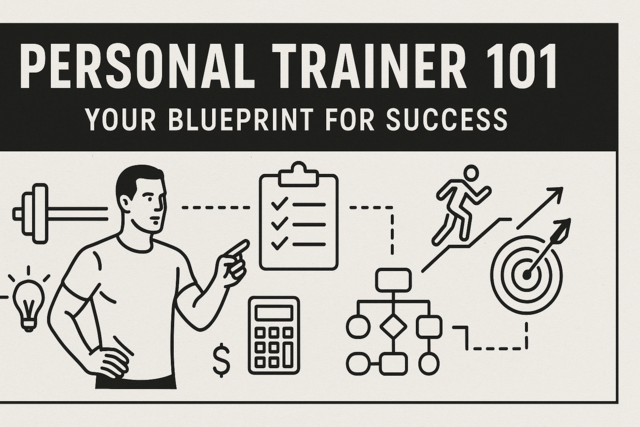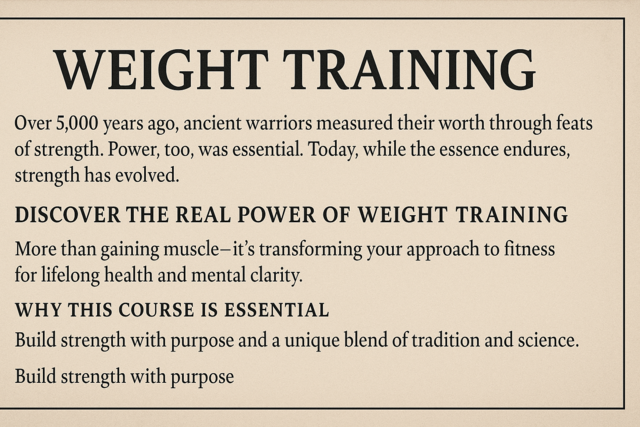- How to Set Goals
- How to Identify Barriers
- How to Take Positive Steps
- How to Achieve Goals
About 30 percent of people who set goals are very close to being wildly successful and only need some encouragement to set and reach their goals. As a coach, you need to be able to help your clients develop habits and strategies that will move them toward the achievement of their goals.
The first step as a coach is to show your clients you are on their side without judgment.
|
Help them identify the following in their life: What Best Describes You? o Do you have clear sense of purpose and direction? o Are you able to make firm decisions? o Can you concentrate efforts and thoughts on a single task? o What is your ability or willingness to be successful? o How well can you control negative thoughts? o Do you typically procrastinate or take action? o What is your level of perseverance? o Are goals set at mediocre or high levels? o Do you seek the company of successful people? o Do you believe in your abilities? o Are you willing to learn new information in many areas? o Are you a problem-solver or do you have victim mentality? |
Most people will have at least some characteristics that will show they are capable of success. Make a note of the things your client identifies as personal characteristics to use in later coaching sessions.
Why People Fail to Reach Goals
There are three basic reasons people fail to reach their goals:
o They have not identified exactly what they want and the necessary actions to get there.
o They fail to put their goals in writing.
o They fail to write their goals in appropriate language.
However, the goal must be written in a specific way. It must start with the word "to" and it must be written in the present tense so that it sounds as if the goal has already been achieved.
This should go without saying, but it must be a goal over which your client has some control. "To keep my wife from dying of cancer" is a laudable goal, but one over which your client has absolutely no power.
Many people set goals over which they have no control, but they believe they do.
For example:
o I want to lose 10 pounds.
o I want to make $1,000 this month.
o I want to get 10 customers a week this month.
At first glance, these seem to be truly achievable goals, but can you really make yourself lose 10 pounds within a certain amount of time? Not really. Can you really make that much money? Unless you have someone giving you a $1,000 check,.perhaps not.
Can you force people to become your customers this month? The answer is no!
To be 20 pounds lighter by my next birthday.
You can check off the fact that you maintained your workout schedule, how much time you spent, the number of days per week you worked out, and for a specified number of weeks.
When you reach your deadline, you will feel a real sense of accomplishment.
By following your goal of how many times you worked out at the gym and how many times you participated in an aerobic activity, you likely will lose weight. Do you see how you must make your goal something over which you have control? Do not worry. If you do not quite get it, we will be working on several other areas and showing you specific goals that make a good model.
Focus on strategies, actions, and activities rather than on a specific outcome.
Step One: Identify your goal.
|
Ask yourself: o What do you really want? o What do you want to change in your life? o How important will it be to you when you achieve this goal? o How will this help you? o Will it help others? o Can you reach this goal? o Are you willing to put in the required effort to write this goal down and take the necessary action steps to reach it? |
Step Two: Write it down.
Use present tense in the language, as if the goal already is happening. For example, make the goal to go for a 30 minute walk three times a week.
Step Three: Set a deadline.
Many people ask why it is not enough to merely write the goal down. After all, don't the following goals sound doable?
o To finish my bachelor's degree.
o To have $5,000 in my savings account.
o To write my thesis.
Yes, these are indeed achievable goals, but do you want to complete your bachelor's degree by the time you are 23 or 53? Do you want $5,000 in your savings account by next summer so you can take a vacation or by the time you retire in 30 years? For a goal to be achievable, it must have a deadline.
Now, here is a secret: Goals can be changed.
Needs change. Circumstances change. Goal-setting can be flexible enough to accommodate those changes. Just make sure you are not procrastinating when you change a goal.
What about goals that really do not have an actual deadline?
Here are some examples:
o To be a better communicator.
o To learn watercolor painting.
o To improve my view of myself.
These goals are more transitory. To be able to acknowledge achievement of these goals, you need to establish a deadline by which time you will see definite progress or rephrase the goals to include specific actions.
Here are the above three goals rephrased:
o To improve my communication skills by participating in a Dale Carnegie course by _______.
o To learn watercolor painting by signing up for a beginning class on ______________.
o To improve my view of myself by working on this plan with my coach starting on _________.
Do you see what happens when you add a deadline? You begin to think of all the steps you need to take in order to achieve the goal.
Step Four: Write down any obstacles that could prevent you from reaching your goal.
This step requires that you really look at the goal you have set for yourself and what might stand in your way List everything that will prevent you from reaching your goal.
We will use this goal as an example: To learn watercolor painting by signing up for a class that begins on _____.
Obstacles could include:
o I may not have enough money for the class and all the supplies I will need.
o I don't know where a really good art supply store is.
o The class is for four hours on Tuesday mornings and my kids are usually in school, but what if one gets sick? And who will walk them to the bus?
For this part of setting goals, write everything down.
When we do not acknowledge our barriers, we simply will excuse our failure with phrases such as, "It just didn't work," or "It wasn't the right time."
Take notice! There is no more room for excuses. Read on.
Step Five: For each obstacle, write down at least one solution. This is the beginning of your action plan.
Each solution is an action step. You need action steps to eliminate your barriers to achieving your goals. Let us re-evaluate your barriers:
o Money for class and supplies.
o Finding an art supply store.
o Someone to get the kids to the bus and get them from school should they become ill.
For each concern. write out a solution:
o To cover the cost of the class and materials, I will work that Saturday shift that no one else wants to work. I will approach my boss tomorrow to volunteer for that shift.
o To find an art supply store, I will ask Gail, who already has taken the class. I will see Gail for coffee on Tuesday. I will make a note to talk to her about it then. (It turns out I get a 20 percent discount because that instructor has an agreement with that art supply store.)
o To address the issue of child care, I will talk to my neighbor, Lisa. Her kids walk to the same bus stop at the same time, and it would be an easy matter to add her to my kids' contact information at school should they need to be picked up while I am in class. I will see her at the bus stop tomorrow. I will also make sure she is added to the contact information for each of my children at the school tomorrow.
Do you see what is happening? Rather than allowing the barriers to become excuses, this method of goal-setting forces you to identify potential barriers and handle them.
This is the most powerful part of this goal setting plan!
Now, be sure to date your action steps, just as you did your goals. Remember, without the deadline, you are floating in limbo with no accountability.
By setting goals with this method, you are all but guaranteeing your ability to achieve great things.
This method works, whether you want to learn watercolor painting or you want to become the chief executive officer (CEO) of your corporation. With the CEO goal, you will find that each of your barrier and action steps becomes a mini-goal in itself.
Do you see how powerful this is?
Write down what did work. Do you see now that our action steps are even more important than the goal itself? Without them, you never will achieve your goal.
Step Seven: Reward yourself.
We usually are taught to be humble. Consider these admonitions: "Don't toot your own horn." "Boy, you have got a big head!"
When you do not celebrate all wins, you essentially are telling yourself that you are wrong, that you have failed. Rewards give you incentive to work toward your next goal.
Learning the proper way to set goals will dramatically change your life.
Remember how critical it is to set goals by first identifying the goal, then setting some sort of deadline to create a sense of urgency to it?
Identify barriers and come up with at least one solution per barrier. Then remember to reward yourself. Celebrate all wins; even action steps achieved should be rewarded. It does not have to be a huge deal, but some type of recognition for your effort is required.
When evaluating whether you should strive to attain a goal, even listing the reasons you should not try actually becomes a step toward goal-setting because you are identifying and evaluating everything in your life. In this way, you discover the goals that are actually the easiest to set because they are the ones you want to work on the most. Remember, by defining your goals, you immediately are drawn to the next step; you already know what to do. As a coach, you will find that when you hold people accountable for their goals, they usually achieve them. When you do not, they are likely to fail.































